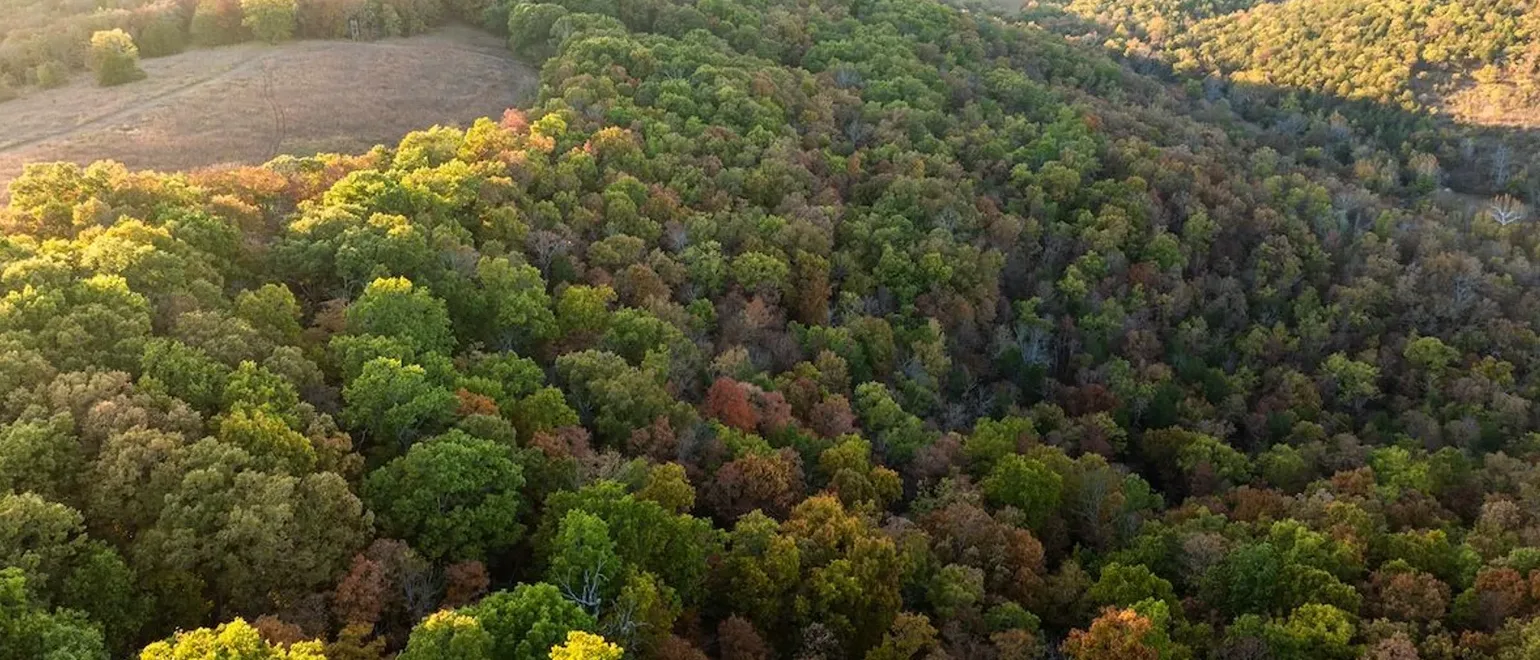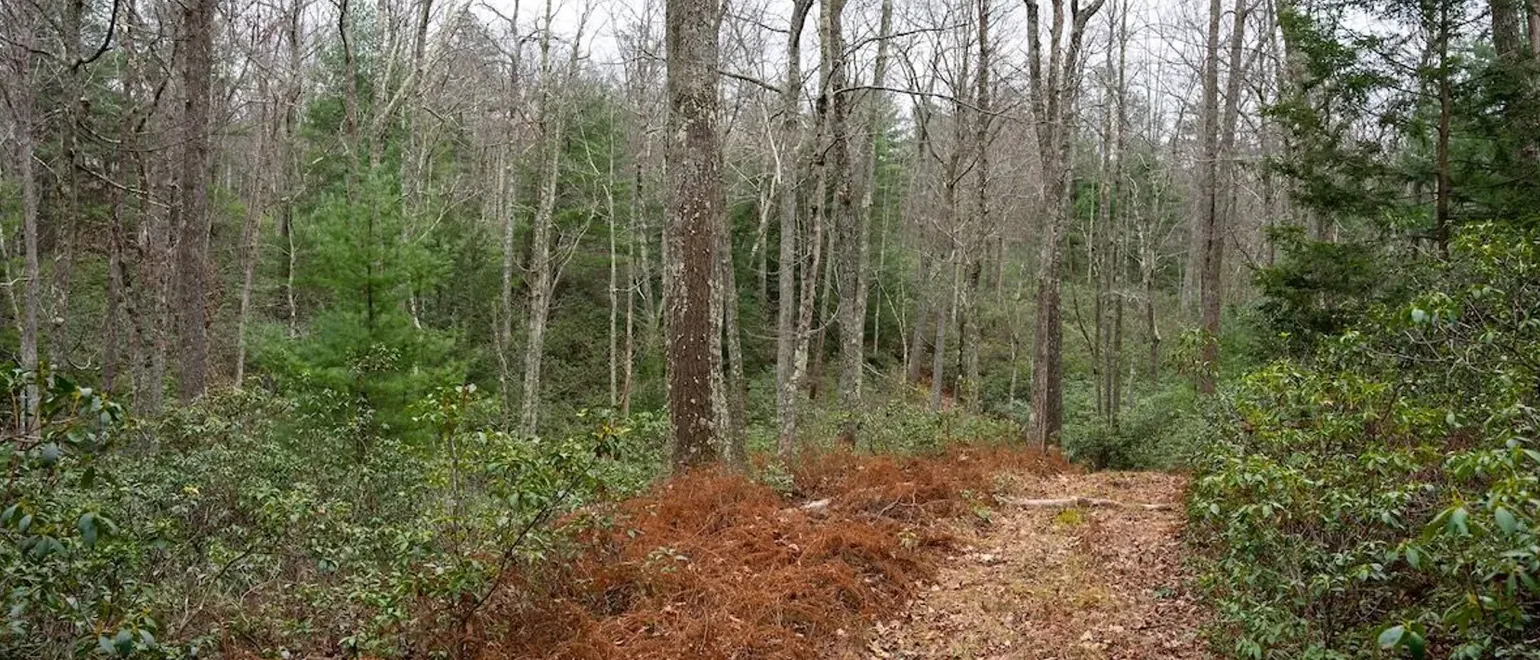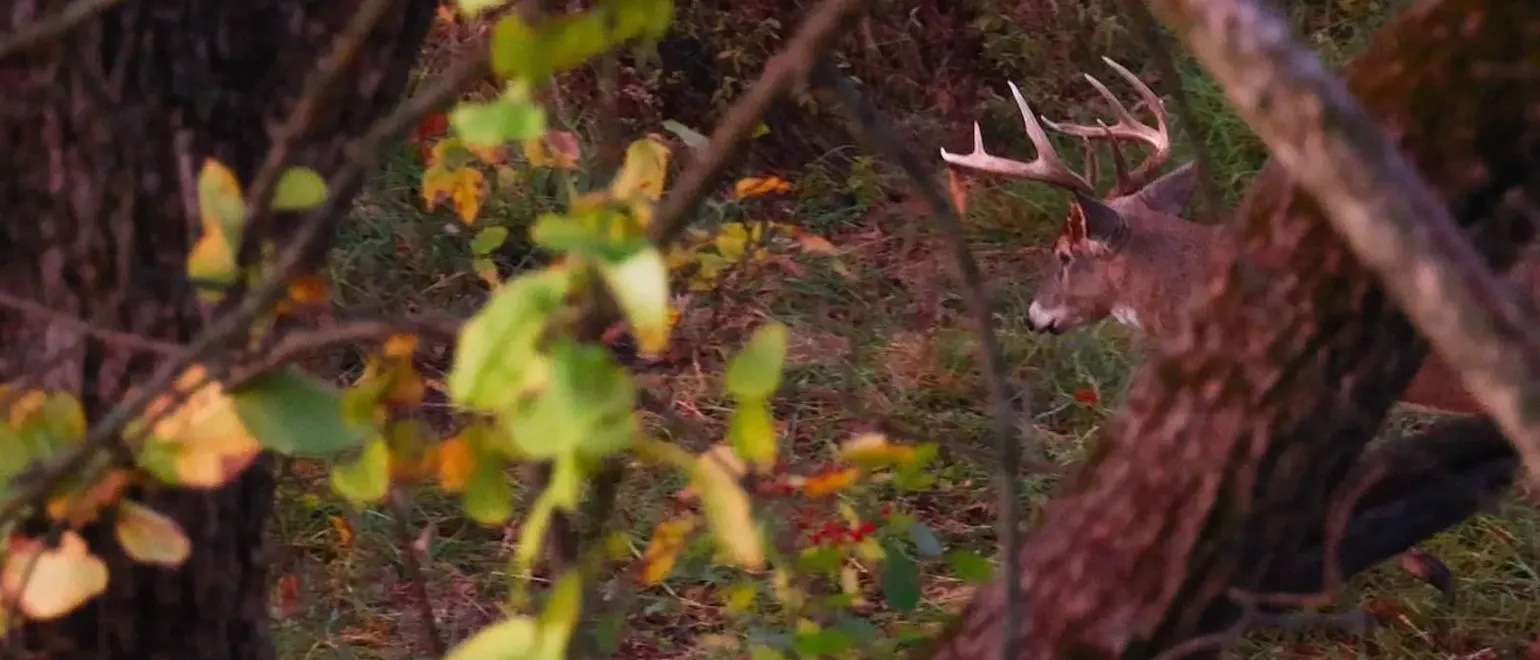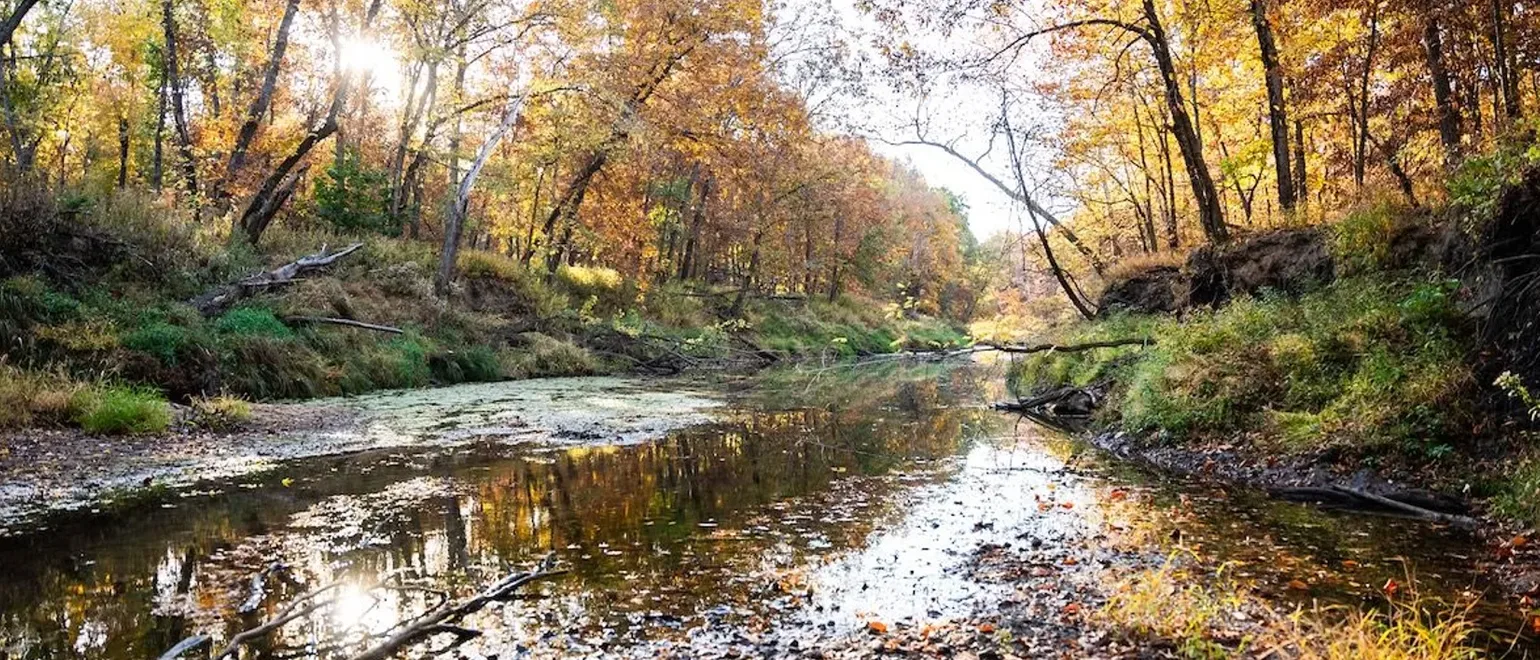In hill and mountain country, ridges shape whitetail behavior. Whether you’re looking for rut cruising action or key bedding areas, understanding how deer use ridge features is essential. Below are the most productive terrain features and strategies for ridge hunting success.
Ridge lines are natural highways for whitetails. These elevated spines cut across the landscape and provide strategic travel routes that keep deer out of sight and in control of the wind. Bucks especially favor ridge lines for cruising during the rut. Set up along ridge lines where trails, rub lines, or faint terrain dips funnel deer movement.
The tips of ridges, often called points or spurs, are among the most common bedding areas for mature bucks. These areas offer great visibility, multiple escape routes, and predictable wind currents. Set up just below the point in the morning with rising thermals, or above in the evening when thermals are falling to catch bucks transitioning to feed.
Benches are flat or slightly sloped areas along the sides of ridges. These “shelves” offer easy travel without dramatic elevation changes and are often used by deer to traverse a hillside. These are also common bedding spots. Morning stands should be placed above benches to ride rising thermals; in the evening, get below them to take advantage of descending air.
Saddles are low points between two higher elevations—natural funnels for deer movement. They require less effort for travel and provide concealed access across ridgelines. Bucks cruising during the rut often use saddles to cross between bedding areas or check doe groups. Position your stand downwind and slightly off-center to remain undetected.
At the base of multiple ridges where drainages meet, you’ll often find a “thermal hub”—a spot where falling evening thermals carry scent down into a central location. These areas are scent magnets for deer and natural gathering points for movement. Hunt the perimeter, and time your approach carefully to avoid being winded.
When temperatures drop, deer seek out warmth. South-facing ridges receive more sunlight, making them prime bedding areas during cold months. Bucks will bed here during the late season and move to nearby food sources in the afternoon. Hunt high on the ridge or along the transition to food sources to catch them on their feet early.
In warmer weather, north-facing slopes offer cooler, shaded bedding cover. These are preferred in early season or during unseasonably warm periods. These ridges often harbor mature bucks that won’t tolerate heat. Glass from a distance or sneak in tight along thermal drops in the evening to set up for an early-season ambush.
Understanding wind and thermal movement is critical when hunting ridges. Morning thermals rise uphill as the air warms; in the evening, cooler air descends. Use this knowledge to determine your entry, exit, and stand placement. Quartering winds combined with thermals can give you a deadly scent advantage when hunting deer on ridges.
Not all deer trails are worn and obvious. Mature bucks often use faint or off-the-beaten-path routes along ridges to stay concealed. These are typically just off the main trails, hidden by cover, and closer to the edge of the habitat. Scout these routes thoroughly—especially during the postseason or with trail cameras—and target them during the rut or pressure-heavy periods.
Scrapes and rubs along ridge lines are signposts for mature bucks. These communication hubs become active in pre-rut and peak rut and are ideal spots to catch daylight movement. Find a cluster of scrapes near a bench or saddle and hang a stand downwind with good cover. Bucks often scent-check these with the wind in their favor—make sure it’s also in yours.
Ridges often serve as bedding cover, and deer will descend into fields, food plots, or mast-producing hardwoods to feed. Key in on these travel patterns. Focus on staging areas or funnels between bedding ridges and food sources, especially in the last hour of daylight. Setting up near pinch points or benches along this movement path increases your shot opportunity.
Look for areas where terrain naturally narrows—such as a ridge necking down, a bench tightening, or vegetation forming a corridor. These mid-ridge pinch points concentrate deer movement and are excellent stand locations during any phase of the season. Bucks running ridges during the rut will often cruise through these constricted travel paths.



